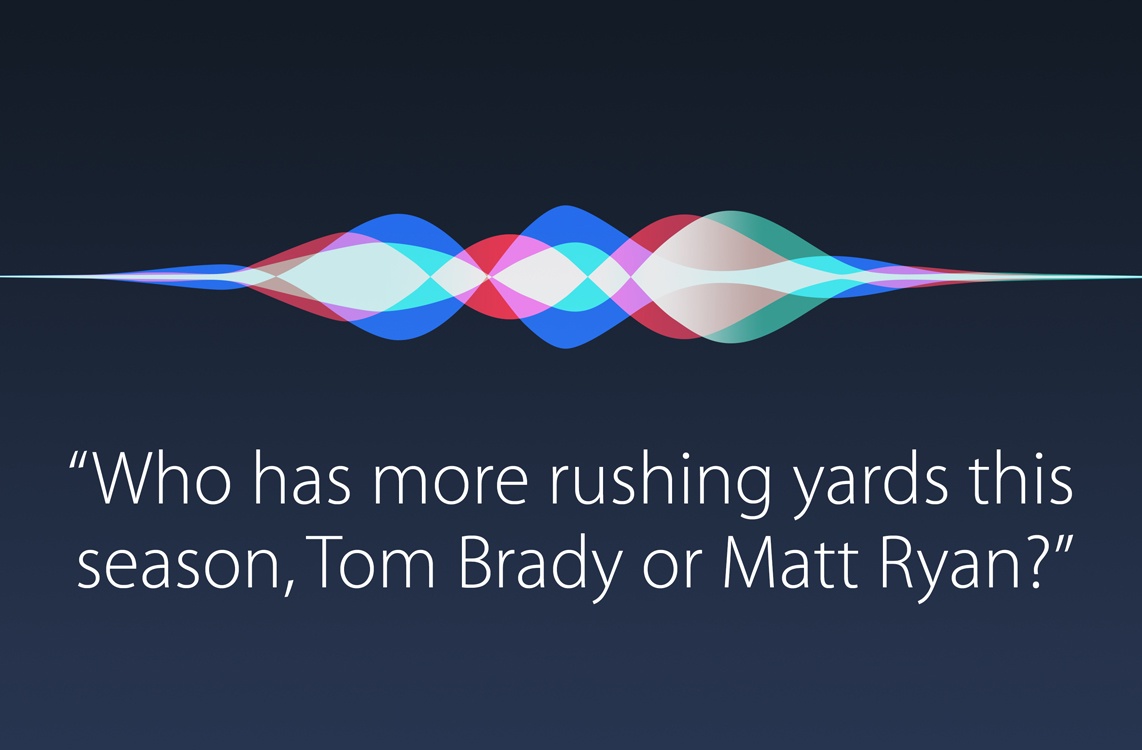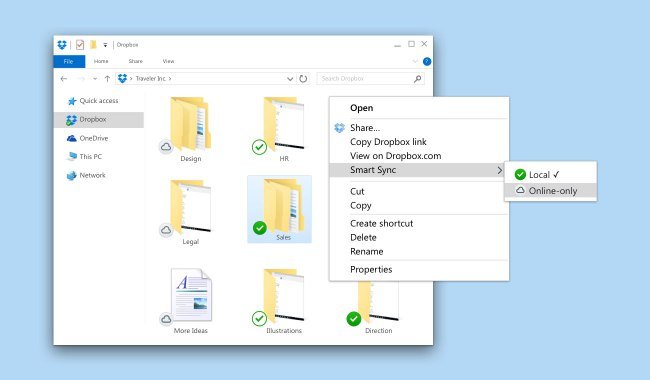Andrew Cunningham, writing for Ars Technica on a new warning that appears when running old 32-bit apps on the first beta of iOS 10.3:
Beta builds of iOS 10.3, the first of which was issued last week, generate warning messages when you try to run older 32-bit apps. The message, originally discovered by PSPDFKit CEO and app developer Peter Steinberger, warns that the apps “will not work with future versions of iOS” and that the app must be updated by its developer in order to continue running. The apps still run in iOS 10.3, but it seems likely that iOS 11 will drop support for them entirely.
Though the error message doesn’t explicitly mention the app’s 32-bit or 64-bit support, it’s definitely only older 32-bit apps that trigger the warning. Similar messages that did explicitly mention 64-bit support were present in the betas of iOS 10.0, but they were removed in the final release of the software. Apple has required 64-bit support for all new app submissions since February of 2015 and all app update submissions since June 2015, so any apps that are still throwing this error haven’t been touched by their developer in at least a year and a half (developers could add 64-bit support as early as 2013, but most of them opted not to until it became a requirement).
Note how, unlike the warning that was reinstated with iOS 10.1, this alert clearly states that “this app will not work with future versions of iOS” as opposed to “may slow down your iPhone”.
In my review of iOS 10, I had a couple of paragraphs on the warning that iOS displayed when launching a 32-bit app for the first time. The warning didn’t make it to the final version of iOS 10, so I didn’t cover it. I did, however, note that iOS 10 was accelerating the transition to 64-bit across the board.
Requiring apps to be compiled for 64-bit is going to introduce problems for software that is no longer maintained (especially classic iOS games), but Apple is moving toward cleaning up the App Store’s back catalog anyway. Enforcing the 64-bit requirement in iOS 11 wouldn’t be a complete surprise.





